 |
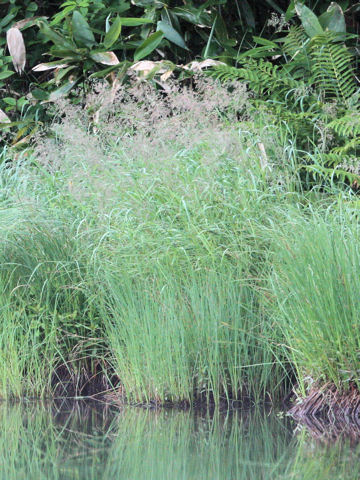

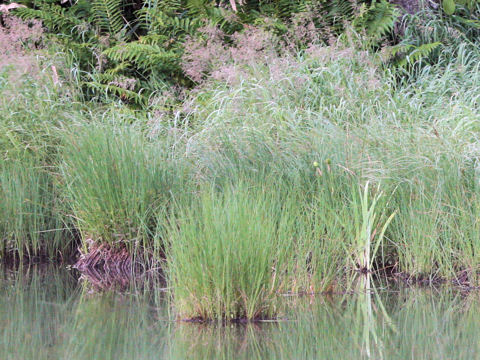

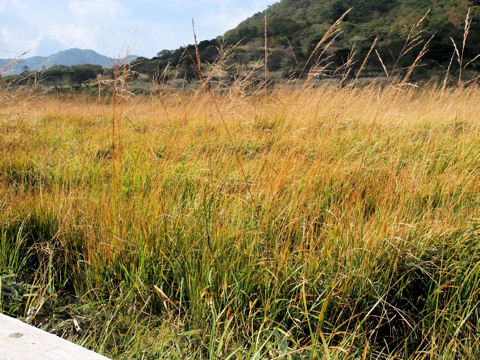

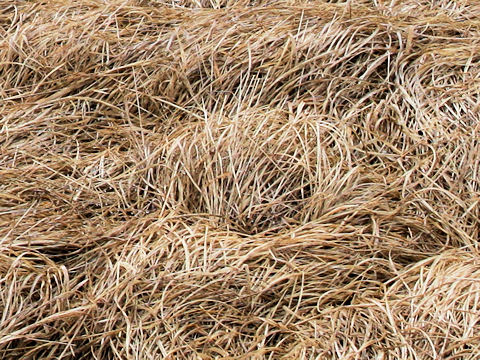

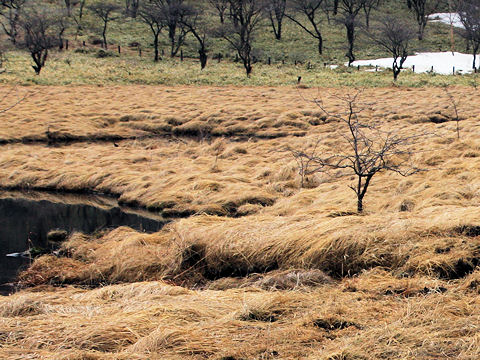

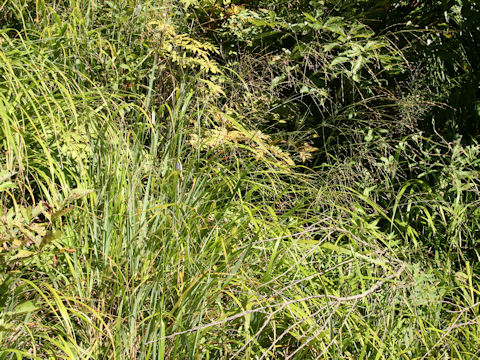

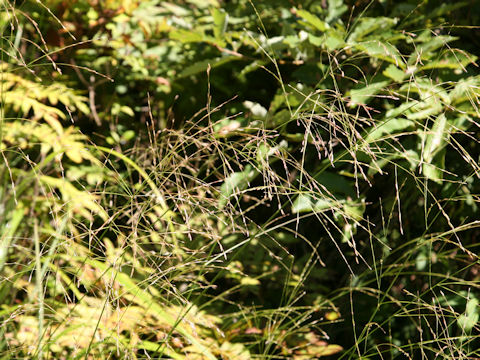

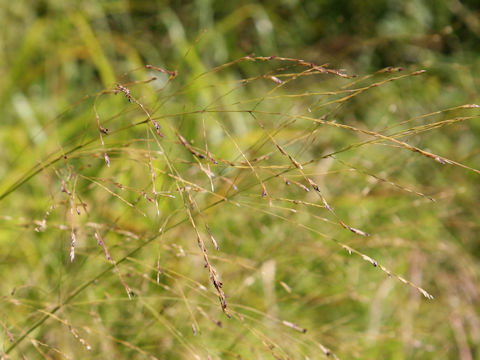

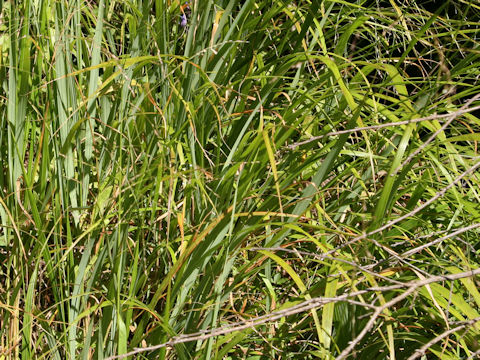

|

|
わが国の各地をはじめ、朝鮮半島にも分布しています。山地から亜高山帯の湿原に生え、高さは40~100センチになります。茎は叢生し、葉は線形で下半部に集まってつきます。8月から10月ごろ、10~40センチの花序をだします。「ぬまがや」は中間湿原を代表する種のひとつで、本州の中部地方以北では、湿原にふつうに生育します。
|

|
イネ科ヌマガヤ属の多年草で、学名は Moliniopsis japonica。英名はありません。
|

|
The "Numa-gaya" (Moliniopsis japonica) belongs to Poaceae (the Grass family). It is a perennial grass that is native to Japan and the Korean Peninsula. This grass grows in montane to sub-alpine moors and can reach 40-100 cm in height. The stems are clumping and the leaves are linear, crowd at the lower part of stems. The flowering clusters, 10-40 cm long are borne from August to October. It is a typical species of intermediate moors and grows commonly northward from Chubu district of Honshu.
|

|
[上・中1] 長野県山ノ内町「上の小池」にて、2010年07月25日撮影。
[中2] 群馬県富士見村「大沼」にて、2010年10月02日撮影。
[中3・中4] 群馬県富士見村「覚満淵」にて、2008年04月27日撮影。
[中5~7・下] 山形県小国町小玉川にて、2021年09月19日撮影。
|








